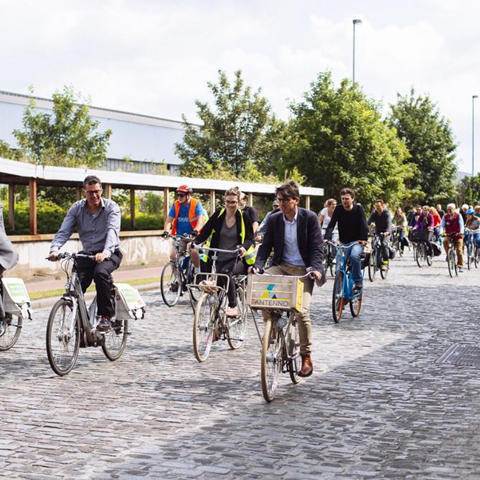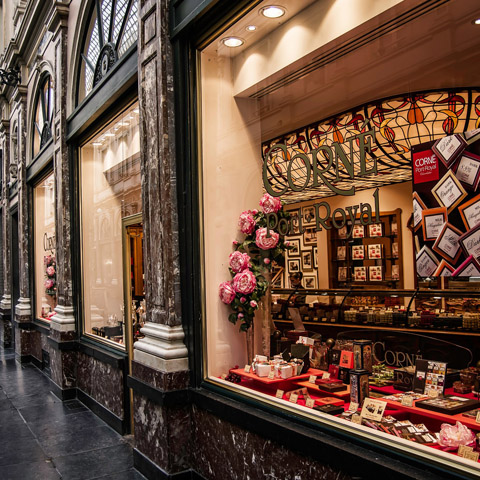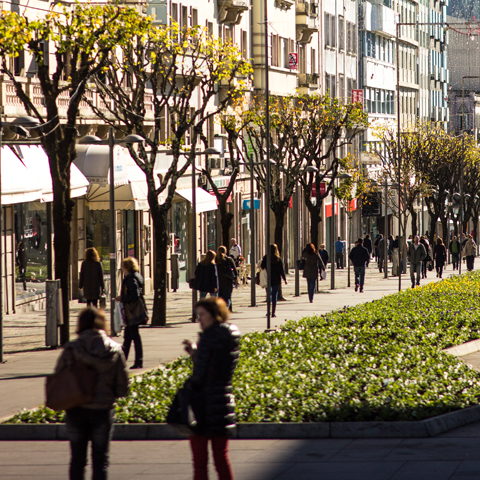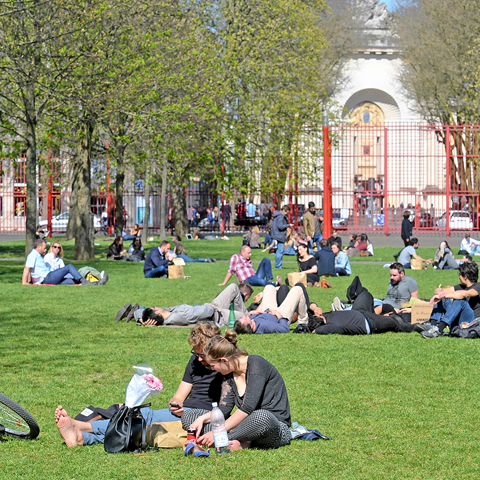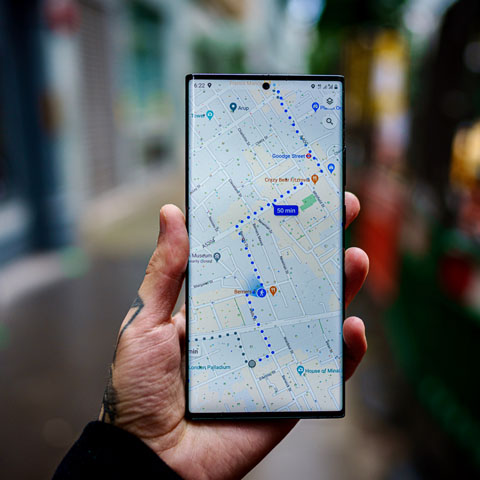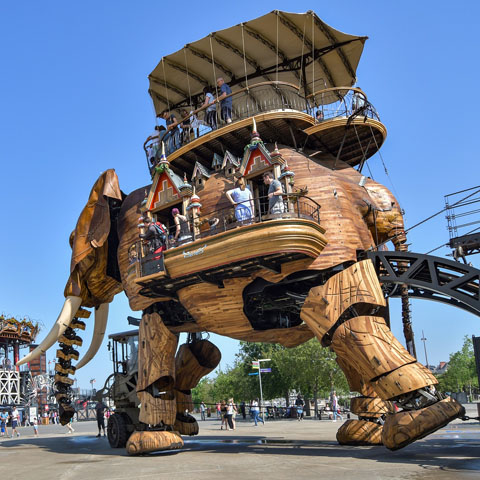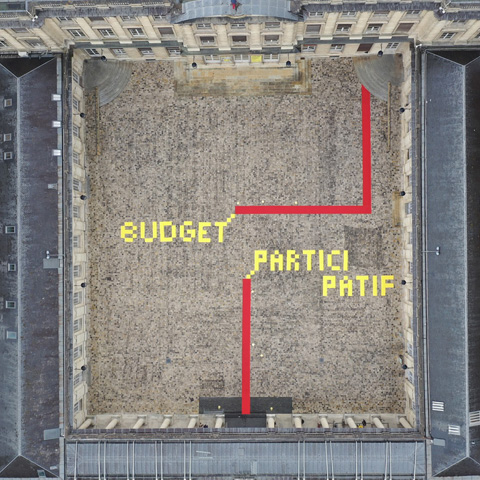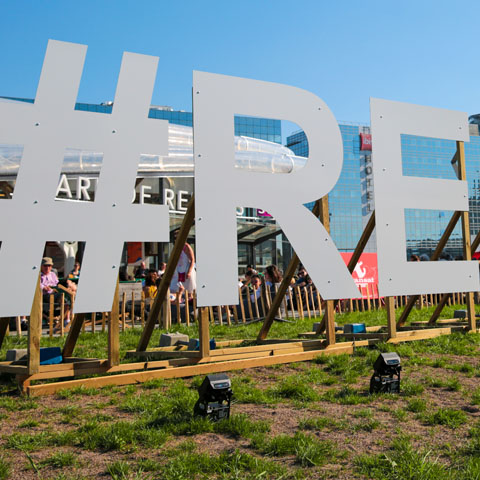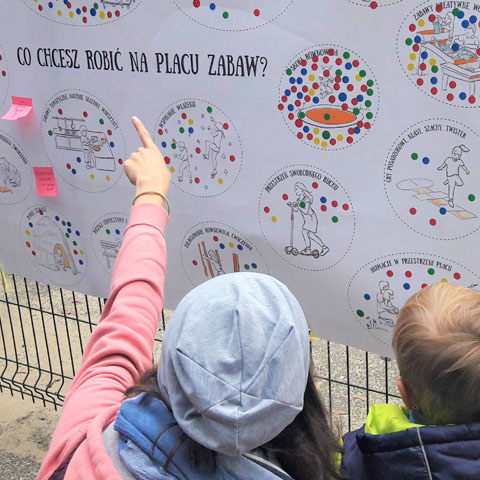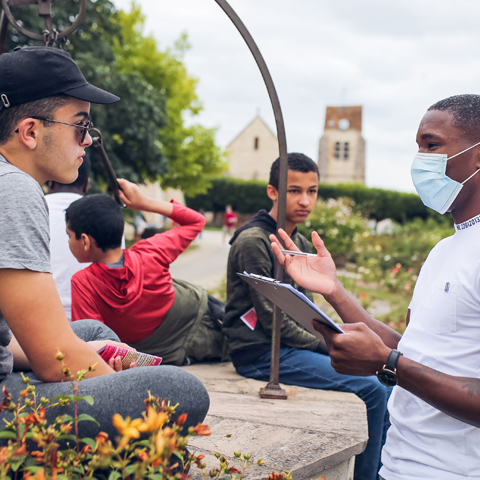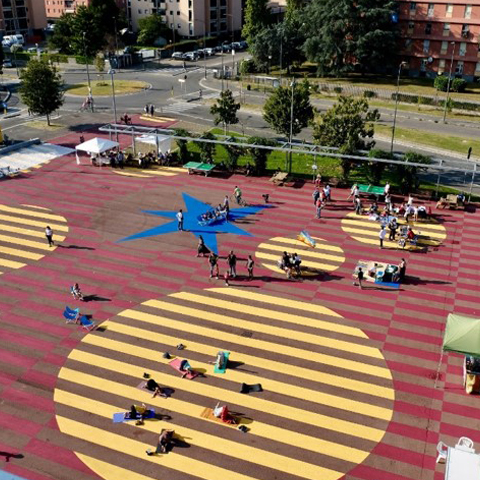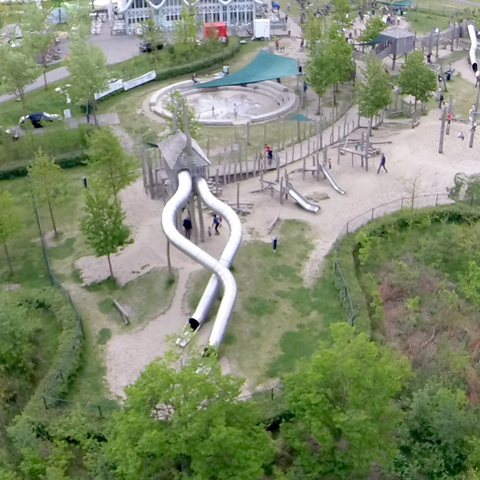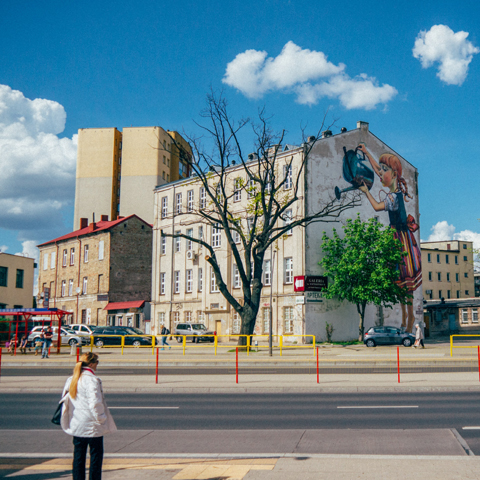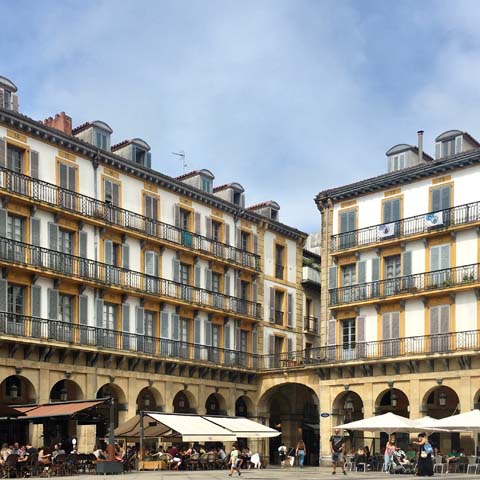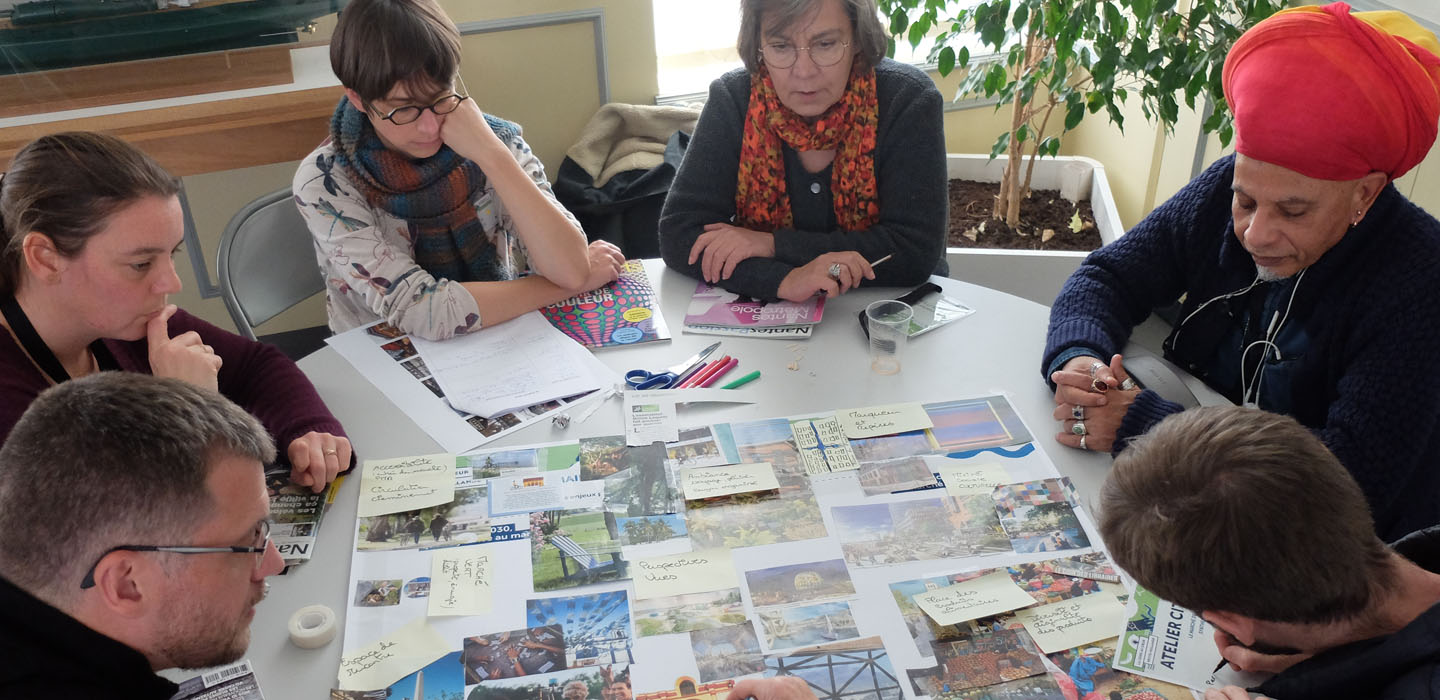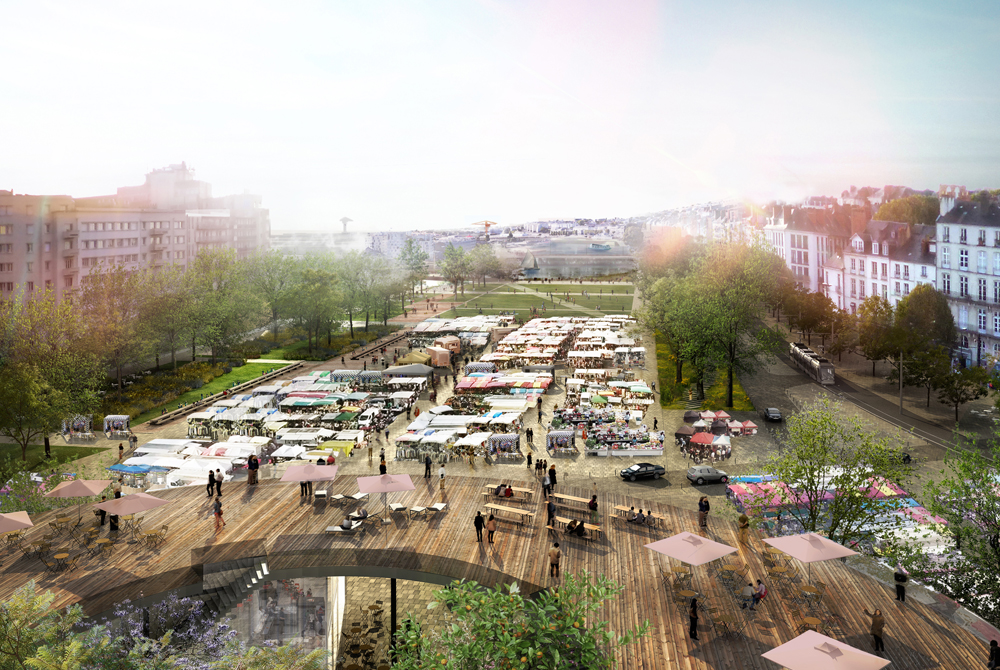In deciding to reimagine an emblematic riverside square, Nantes faced challenges around both design and democracy. Its deliberative approach rose to both.
Plans to redevelop a city-centre square in Nantes were initially met with concern and conflicting opinions. Particularly from the traders of the iconic market that had been a famous and much-loved feature of the riverside site for well over a century.
“Little Holland is the most picturesque Nantes market,” said artisan pasta maker Henri Refuto when he was first told of the plans. “But,” he continued, “the square is filthy, access is complicated and, seen from the outside, it looks awful behind rows of pick-up trucks.”
While Refuto recognised the need for change, he was cautious about it too. “We must beware of losing the market's character,” he said.
For cheesemaker Anthony Couëdel, whose family has traded at Little Holland for generations, the main worry was his livelihood. “I was totally against the project,” he admits, “we worried about the future of the market.”
Retiree Eric Gachet's view of the proposal was different again. He saw it as an opportunity to create more green leisure space: “A square is normally synonymous with conviviality. We should be able to stop there for a drink and a chat.”
From the start of the Little Holland Square transformation project, it was clear that this emblematic eight-acre site linking the Loire with the city centre had a special place in citizens' hearts - and aroused strong emotions and opinions.
There was, however, some common ground. It was difficult to dispute the fact that the area had lost its way and its purpose and needed to be recreated for 21st century living.
Boats, baths and transport hubs
Taking its name from the Dutch merchants who traded there in the 17th century, the square had many incarnations. As a bustling port, a recreation area with public bathhouse and gardens, a railway hub - and a place to go for all the fun of the fair.
At the end of the last century the site hosted sports, social and cultural events alongside the popular weekly market. But 20 years on it had, fundamentally, become little more than a huge, ugly car park for over 1,000 cars.
“Because of its history and location, Little Holland Square is a particularly sensitive place for everyone in Nantes,” says Catherine Veyrat-Durebex, project manager in the city's citizen dialogue, evaluation and foresight department. “So the redesign of the area is a major challenge with high expectations from citizens.”
The city determined to make the renewal project even more than a symbol of its ambitions to respond to the urban transitions currently facing cities - liveability, energy, mobility and the role of nature.
“The project is also,” says Veyrat-Durebex, “a landmark in terms of democracy and our commitment to making the city with citizens, at every stage, on an equal footing with other stakeholders.”
Deliberative democracy in action
Nantes is well versed in citizen engagement. In the last six years alone it has set up 200 projects to which tens of thousands of citizens contributed, and organised three great debates. One of these was on the major urban renewal programme centred on the Loire that includes the Little Holland Square project.
For this project, the city scaled-up a rigorous participation process it had already developed as a common reference for all sectors.
“More and more urban projects take into account the sensitive, pragmatic and non-expert view of citizens and stakeholders,” says Emilie Bazin, another project manager in the citizen dialogue, evaluation and foresight department involved in the project.
Bazin describes Nantes' engagement approach on this project as, “A holistic, sensitive, multi-actor, multi-thematic process that goes beyond a public consultation and the collection of individual points of view by developing a deliberative dynamic which enables a collective point of view to be brought out.”
In the case of Little Holland, she says, “This view emerged from several meetings of a panel of citizens plus repeated visits to the square as well as other places in the city, working on senses, atmosphere and feelings and interviewing experts such as traders, shopkeepers and businesses in order to come to agreed recommendations.”
Seizing the opportunity to have a say
This panel of 30 citizens, selected from 270 who had volunteered or been randomly drawn, also took part in a series of workshops where these recommendations were discussed in the context of specific issues such as potential uses of the square, access and transport and environmental and climate change challenges.
